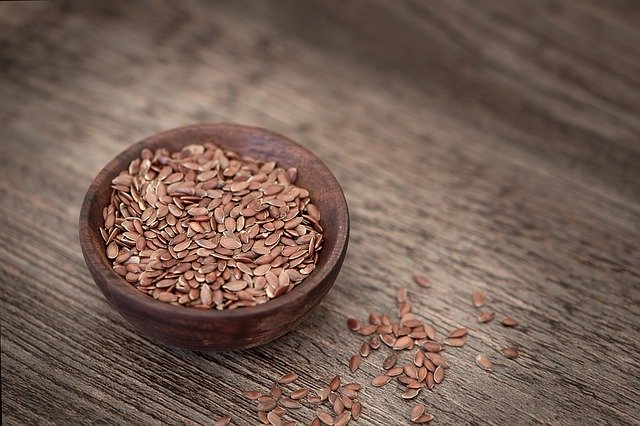Kratom has become very popular in recent times. Many people use it for multiple purposes, including pain and anxiety relief. But, recently, kratom has been subject to controversy and can’t be purchased in some states. On the other hand, some individuals don’t like its effects or simply want to cut on its use to prevent developing tolerance. For this reason, many people are looking for kratom alternatives with similar effects. One of the most popular kratom alternatives is akuamma. Although the herb is not as popular as kratom, its properties and effects make it a very good candidate to serve as an alternative. So, if you are considering using a kratom alternative and the plant is still a stranger to you, keep reading this article to find out how to use akuamma and more info about it.
What Is Akuamma?
Akuamma is a tree that grows in various parts of West Africa, especially in areas of Ghana, Cameroon, and Nigeria. Picralima Nitida, which is akuamma’s scientific name, grows in the wild and can reach a height of 100 feet. People in the regions where akuamma grows have used it for centuries. In fact, you can still purchase it in local markets.
Contrary to kratom, where only the leaves hold properties, all parts of akuamma are used for different purposes. For instance, the fruits and the bark can relieve fever and help get rid of parasites, the root is used for pneumonia and the leaves are taken for measles. But, probably, the part of the plant with more properties is the seeds.
Akuamma has alkaloids that are responsible for its effects. Some of the most important are akuammine, akuammidine, and pericine. Like kratom, it is believed that they act by binding to the opioid receptors of the brain.
But it’s only recently when akuamma has crossed the ocean and now we can find it in the US, both in headshops and online.
What is Akuamma Used For?
As we said, akuamma is very popular in West Africa, and people in the region have a long history using the plant. Although all parts of the plant hold properties, the majority of the active ingredients are in the seeds. Traditionally, the seeds of the plant have been used in folk medicine to treat the following conditions:
- pain
- malaria
- diarrhea
- jaundice
- inflammation
- ulcers
- fever
- intestinal parasites
- vomiting
- respiratory problems
Now that you know the traditional uses of akuamma, it is time to learn the most popular akuamma uses in Western countries. Typically, akuamma seeds are used as a substitute to kratom. In our neck of the woods, people mostly take akuamma to relieve pain, relieve anxiety and combat insomnia. The seeds of the plant are said to give a sense of well-being and relaxation that lasts for 3-4 hours.
How to Use Akuamma?
Typically, what you will find in the market is either akuamma whole seeds or akuamma powder.
If you choose to purchase akuamma powder, you can opt for these methods of consumption:
- Toss and wash method. Like kratom, you can directly spoon the powder into your mouth and wash it down with water or juice.
- Akuamma capsules. You can fill capsules with the powder to make it easier to swallow them. However, consider that the absorption process is slower if you use capsules so, some people make holes in the capsules to accelerate absorption.
- Mix it with liquids. You can mix your akuamma powder with juices, smoothies, milk, or water.
- Akuamma tea. Making a tea is another option to use powder. However, this is not a very popular consumption method.
If you purchase akuamma seeds, you can use one of the following ingestion methods:
- Swallow the seeds like you would do with a capsule. Akuamma seeds are more or less the size of a capsule so, swallowing them, shouldn’t be a problem. With this method, you shouldn’t notice the taste so much. However, the seeds of akuamma are often too large for this, so you may need to cut them into pieces before swallowing them.
- Chew the seeds. This way you will be able to absorb the alkaloids quickly. But keep in mind that akuamma seeds have a strong bitter flavor. For this reason, some people drink lemon juice while chewing the seeds to help them cover the taste.
- Grind the seeds using a coffee grinder. This way you’ll obtain a powder that you will be able to use as you please.
How to Use Akuamma? Dosage
Like kratom, there is not enough research on akuamma to be able to determine a general akuamma dosage. So, again, like kratom, the general rule of thumb would be to start on a lower dose and work your way up until you find the desired effect.
Typically, people will use 2 akuamma seeds to start and build up from there. If you are using akuamma powder, the start dose would be around 250mg, which is more or less the weight of the whole seed.
It is recommended that you always use a scale to weigh your dosage and stick to the dose that works for you.

Where to Buy Akuamma?
You can find akuamma seeds easily online. Typically, vendors who offer kratom and other ethnobotanicals would carry akuamma in their selection. So, if you have a preferred kratom supplier, chances are they also sell akuamma.
If your favorite ethnobotanical vendor doesn’t sell akuamma, you can search for vendors online. But be cautious and don’t choose the first vendor that you find. We recommend that you do research first to find one that seems trustworthy to you. To do so, you can take the following steps:
- Look for online reviews
- Read the vendor’s returns policies
- Ask yourself if the site looks professional
- Have a look at their contact methods
If everything looks right to you, go ahead and purchase!
Is Akuamma a Good Kratom Alternative?
Finally, the big question. Is akuamma a good kratom alternative? Well, the answer will depend on what effect you are looking for.
Akuamma and kratom are different plants, so you shouldn’t expect the same exact effects. Keeping this in mind, akuamma should be a good kratom alternative if you are looking to use it for the following purposes:
- relieve pain
- ease insomnia
- relax and relieve stress
Finally, remember that akuamma can have side effects if taken too high doses. So, it is recommended to keep your dosage as low as possible and don’t overdo it. At doses of 2 grams, you might start experiencing unpleasant effects, like headaches. So, try to not go above that dose.


